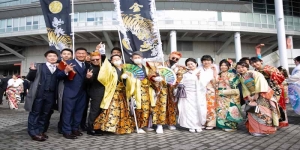Amezaiku 飴細工 sugar fantasies from the distant past
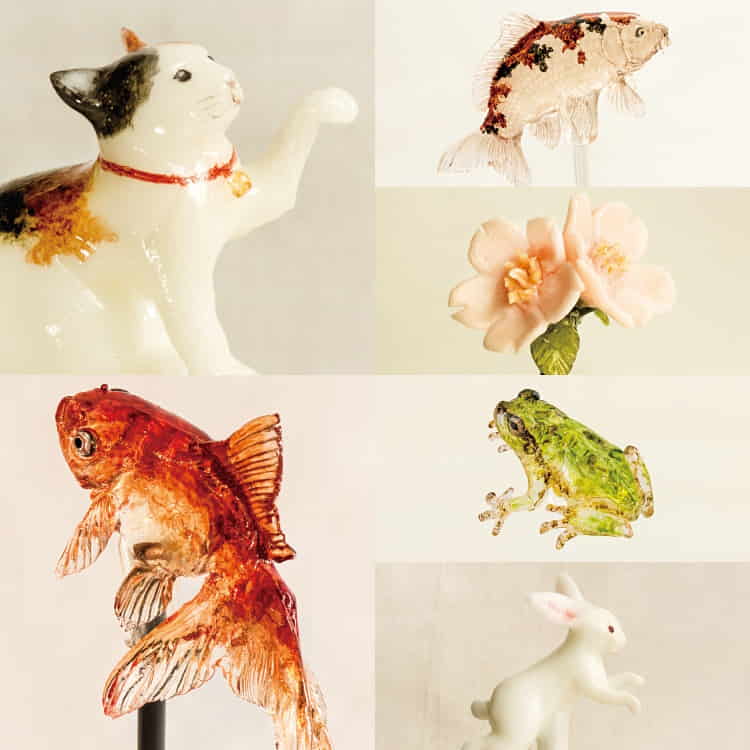
Amezaiku is an ancient Japanese art form that involves creating hand-blown sugar sculptures. It is an art of incredible beauty that has been handed down for centuries and which has become one of the representations of how beauty, craftsmanship and dedication shape beautiful, and in this case also good, works.
Amezaiku began as a street art in China, but soon spread to Japan during the Heian period. Given its beauty and precision, some believe that these small "works of art" were used for votive offerings in temples. Over the years their popularity increased until it reached its peak in the Edo period, around the seventeenth century, and is still practiced in Japan today by a limited number of master craftsmen. Unfortunately, the presence of a few who still use this special culinary art today has led to fears for the disappearance of the amezaiku. But fortunately some masters who remained in Japan have undertaken to preserve and pass on this ancient art. It is not easy to learn amezaiku, as it requires years of practice and learning from an experienced master. Hard work like everything related to craftsmanship.
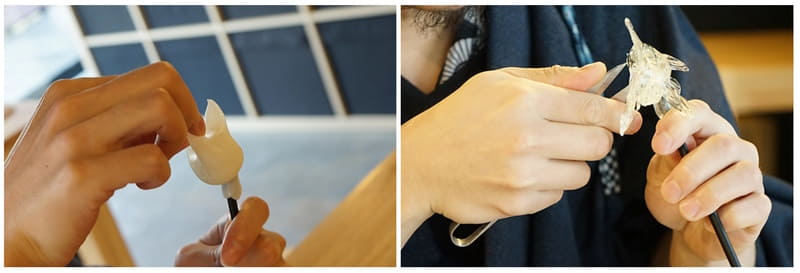
The technique requires great skill and patience, as the artist must work quickly to shape the sugar before it cools and becomes too stiff to manipulate. Furthermore, the process requires the use of special equipment, such as tongs of different shapes and functions, to shape the sugar, or thermometers to control the temperature. Not only is it necessary to master the manipulation of the material but also in the use of ad hoc tools.
Amezaiku sculptures are often representations of animals, such as fish, birds, rabbits, and dragons, but they can also be geometric shapes or human figures. Once completed, the sculptures are usually colored with food coloring to give them a more realistic look. But in some cases the dyes already added to the sugar are used to give more realistic shades.
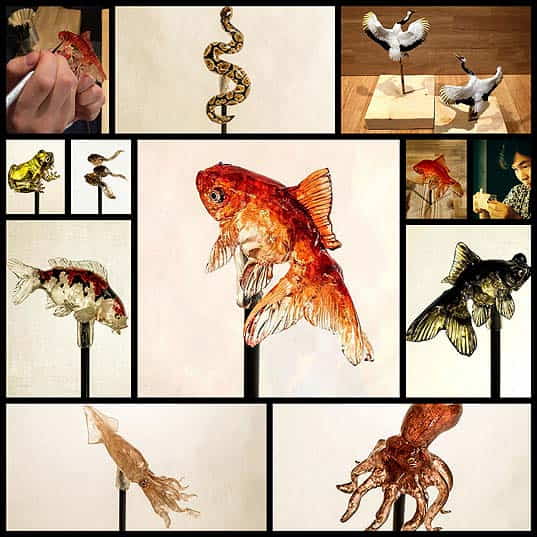
Traditionally, amezaiku sculptures were sold in Japanese sweet shops or markets as souvenirs or gifts for children. But today, the art of amezaiku has become less prevalent and artists often focus on creating sculptures for live events and performances, such as weddings and festivals. Even if in the latter there are many courses that teach the basic principles of this art, thus trying to keep people's interest alive and not make it disappear into thin air (as happened for other ancient arts).
Amezaiku is not only a traditional Japanese art, but also a unique dining experience. The sugar sweets are often made on the spot, right in front of the customer, who can observe the master's skill in creating these little masterpieces. This experience makes amezaiku unique and highly regarded both in Japan and around the world.
Sources Images
traveltotokyo
inulab

 English (United Kingdom)
English (United Kingdom)  Italiano (it-IT)
Italiano (it-IT) 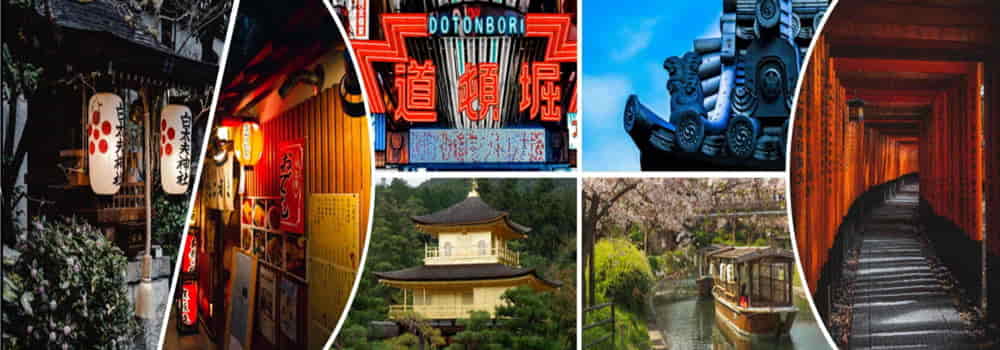
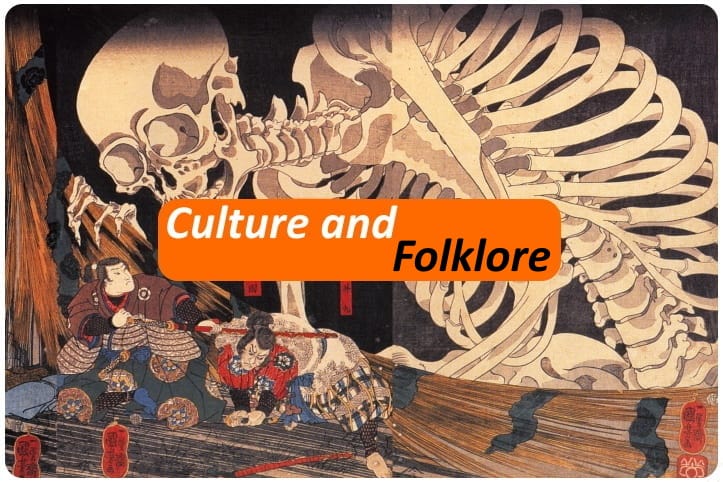

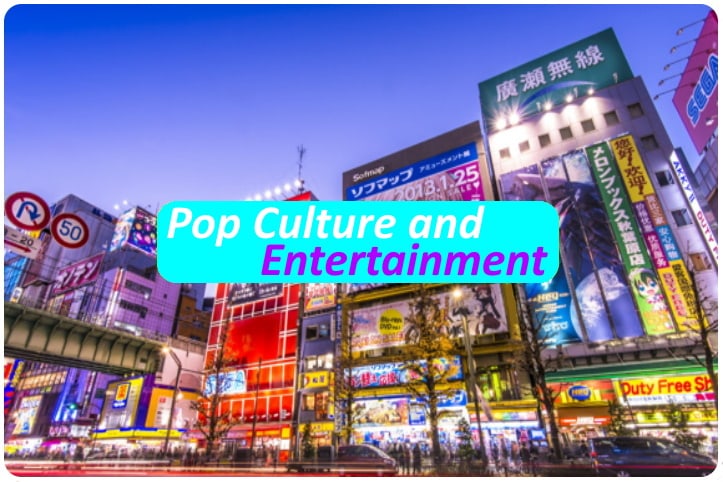
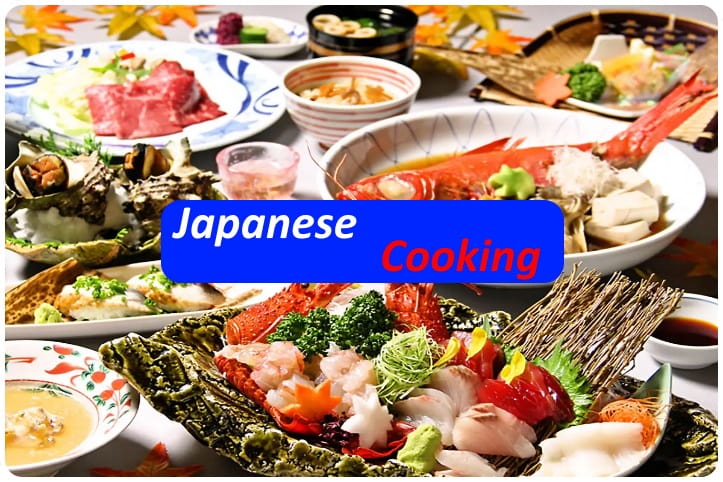


![[Review] Princess Toyotomiプリンセス トヨトミ](https://www.fukainihon.org//cache/mod_jt_contentslider/fdfb524f85518b9476158c79c8ea022f_328.png)

